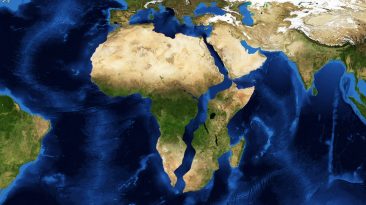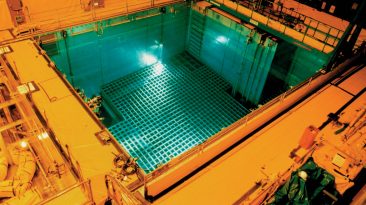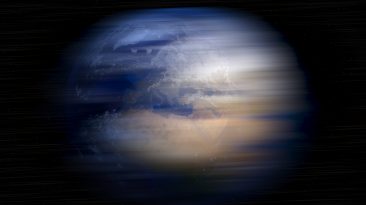With every rocket we launch into the Earth’s orbit, we’re trapping ourselves on our own planet. Wait, how could sending rockets into space put an end to space exploration?
And how dangerous would it be to get stuck here with all the space debris floating above our heads? Almost everything that we’ve launched into space ends up either falling down and burning up in the atmosphere, or getting caught in the Earth’s lower orbit for thousands of years.
Right now, the Earth’s lower orbit is surrounded by just 200 kg (440 lbs) of small, rocky debris in the form of meteoroids. But it’s also got a belt of about 3 million kg (6.6 million lbs) of space junk.
20,000 pieces of debris as large as softball, 500,000 pieces larger than marble and many millions of pieces of debris too small to track are orbiting the Earth. And they’re turning the space around us into impassable junkyard.
What makes those floating parts of old satellites and spent rocket bodies so dangerous? It’s the speed they move at.
This junk is hurtling through space at a speed of 8 km/s (5 mi/s). At this speed, one small bolt is enough to shatter a working satellite into hundreds of pieces.
But it’s what comes next that could hold off our dreams of building Moon bases, colonizing Mars and any space exploration whatsoever. The more junk we leave uncontrolled in the Earth’s lower orbit, the harder it is not to get hit by it.
Things are running into each other. Fragments of debris are colliding and breaking up, multiplying the number of items flying through the space junkyard. They are hitting working spacecraft, too.
One day they could hit enough satellites to initiate an unstoppable, destructive chain reaction – the Kessler syndrome.
The cascade of collisions would make our lower orbit so congested with man-made debris, that eventually there would be no active spacecraft left. Everything in the Earth’s orbit would be turned into a deadly wall of celestial scrap.
Near-Earth space would become unusable. No rockets could be safely launched until we cleaned up the orbit. We’d have to put our space missions on pause, and we’d be trapped on the planet for generations.
What would it be like down here? Well, the debris belt wouldn’t rain down on Earth and cause massive destruction; space rubbish would disintegrate in the atmosphere before it reached our planet’s surface.
But the collisions would produce a lot of dust. That dust, illuminated by sunlight, would cause an ever-present twilight on the planet. With this form of light pollution, you’d forget what nights used to look like.
What’s even more unpleasant – all of our satellite networks would go down. There’d be no satellite communications, no GPS navigation, no weather data and no way to do any science in the Earth’s orbit.
You’d have to go back to paper maps — and get your cash out. Welcome to the 1970s.
On a positive note, science has already come up with a few ideas for cleaning up our near orbit mess. They’re looking at capturing space debris with a net or harpoon, or vaporizing the small bits of junk with lasers.
Whatever action we deploy, we should act quick if we want to launch humanity on far-space missions and finally colonize that red planet.
Subscribe to What-If on Youtube or follow the show on Facebook Watch.
Sources
- “Debris and Future Space Activities” 2019. physics.ucsc.edu. Accessed February 27 2019.
- “We Have A Space Debris Problem. Here’S How To Solve It”. Khlystov, Nikolai, 2018. World Economic Forum. Accessed February 27 2019.
- “Space Debris And Human Spacecraft”. 2019. NASA. Accessed February 27 2019.
- “The Danger Of Space Junk”. Olson, Steve. 1998. The Atlantic. Accessed February 27 2019.



























